How can I tell the LAG function to get the last "not null" value?
For example, see my table bellow where I have a few NULL values on column B and C. I'd like to fill the nulls with the last non-null value. I tried to do that by using the LAG function, like so:
case when B is null then lag (B) over (order by idx) else B end as B,
but that doesn't quite work when I have two or more nulls in a row (see the NULL value on column C row 3 - I'd like it to be 0.50 as the original).
Any idea how can I achieve that? (it doesn't have to be using the LAG function, any other ideas are welcome)
A few assumptions:
- The number of rows is dynamic;
- The first value will always be non-null;
- Once I have a NULL, is NULL all up to the end - so I want to fill it with the latest value.
Thanks
